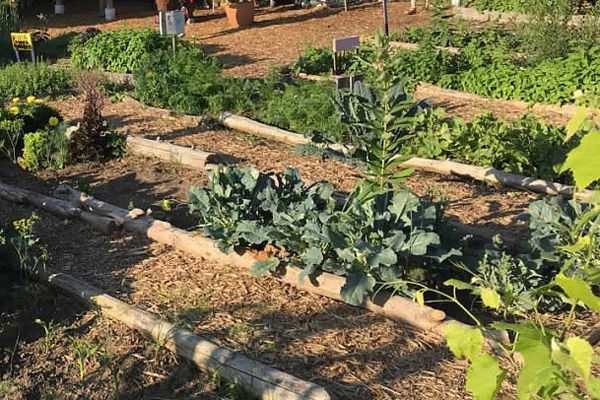About City Blooming
About City Blooming
Blog Article
Not known Facts About City Blooming
Table of ContentsThe Only Guide for City BloomingThe 9-Second Trick For City BloomingSome Known Questions About City Blooming.Get This Report about City BloomingThe Ultimate Guide To City Blooming

As you walk the roads of the Bronx, Southside Chicago or East Oakland, you may see have actually even seen large stories of ripening fruits and vegetables being harvested. What exactly are metropolitan farms and neighborhood gardens? Urban farming, metropolitan farming, or metropolitan horticulture is the practice of cultivating, processing and dispersing food in or around city areas.
Normally, metropolitan farming as a technique is a bigger investment than gardening. There are plenty of extra hours invested right into the trivial matters of farming, from the plant strategy to the often tending of your beds. This moment dedication tackles an entire brand-new significance once you recognize the objective that is being worked in the direction of and committed, namely that of gaining a bountiful yield of plants to be consumed.
An area garden is a single piece of land gardened jointly by a group of individuals. Neighborhood yards utilize either private or common stories on exclusive or public land while generating fruit, vegetables, and/or plants grown for their appealing appearance. The basic version here is that a large team of individuals each contribute a relatively small quantity of time to functioning their own plot, and obtain the fruits of their labor consequently.
See This Report about City Blooming

, and area organizations by aiding them create and grow their very own yards. The distinctions in between area yard and metropolitan ranch are nuanced, though in the end the exact same standard task takes placefood crop farming however within various organizational frameworks - landscaping.
Urban farms are usually more business and modern technology oriented, with the main objective of optimizing yields and offering fruit and vegetables. Industrial metropolitan ranches are frequently targeted at expanding production on generally tiny acreage with advancements in modern technologies such as aquaculture, hydroponics, and greenhouses and might companion with an industrial cooking area to produce locally-produced value-added products such as jams and sauces.
Our City Blooming PDFs
The produce is generally grown on a much smaller sized scale and is taken home to consume at home or to share. By offering much required green rooms in destitute, concrete metropolitan locations, they enable the advantages of backyard gardening to those doing not have yards, and work as excellent instances of self-organization and neighborhood advocacy.
Some neighborhood gardens, commonly in urban locations, relocate right into expanding for business usage while some metropolitan farms open up their land for even more socially mindful benefits. No matter of just how you define and distinguish the two, they are both positive forces for great in cities around America and the globe.
As every one of Tiny Axe Peppers' warm sauces are sourced with peppers from community gardens, your purchases straight aid fund these regional projects (https://www.blogtalkradio.com/cityblooming). Take component in the transformation by.
A pal of mine just recently commented in a conversation regarding horticulture that "It's interesting, I have actually constantly thought that farming as a method is somewhat like horticulture. As I invested even more and even more time in my Urban Farming class I've come to recognize that to state that horticulture is a mini extension of agriculture would certainly be a little bit of stretch.
The 6-Minute Rule for City Blooming
They both rotate around the treatment of plants for some goal that can be food, profit or just the enjoyment of the craft. Additionally they both call for a financial investment in addition to a time financial investment, something that a great deal of individuals in our quick paced life do not have a great deal of - urban gardening.
We can see that the resemblances are plentiful, however are the distinctions enough to develop a difference? As a trainee at NYU I have the opportunity to collaborate with the leave It Much better Foundation, a team that instructs fundamental nourishment and gardening to senior high school pupils. https://www.ted.com/profiles/47172561. This experience gave me a thorough venture into the globe of amateur gardening beyond what many people have actually been in contact with
With these in hand, I can safely say that these two tasks are quite frankly various beasts. Farming as a practice is a larger investment than gardening. There are countless more hours invested into the trivial matters of farming, from the plant strategy to the often tending of your beds. This time around commitment tackles a whole brand-new definition once you understand the objective that is being functioned in the direction of and committed, specifically more tips here that of getting an abundant yield of crops to be consumed.
The typical garden enthusiast deals with his obligations as a duty instead of a requirement and as such distinguishes his or herself from the farmer. With this distinction in hand, they are both relaxing and soothing workouts that anyone can choose up, which by itself needs to be an advertisement for both.
8 Easy Facts About City Blooming Shown
Something went wrong - eco-friendly practices. Wait a minute and attempt once more Attempt again
Report this page